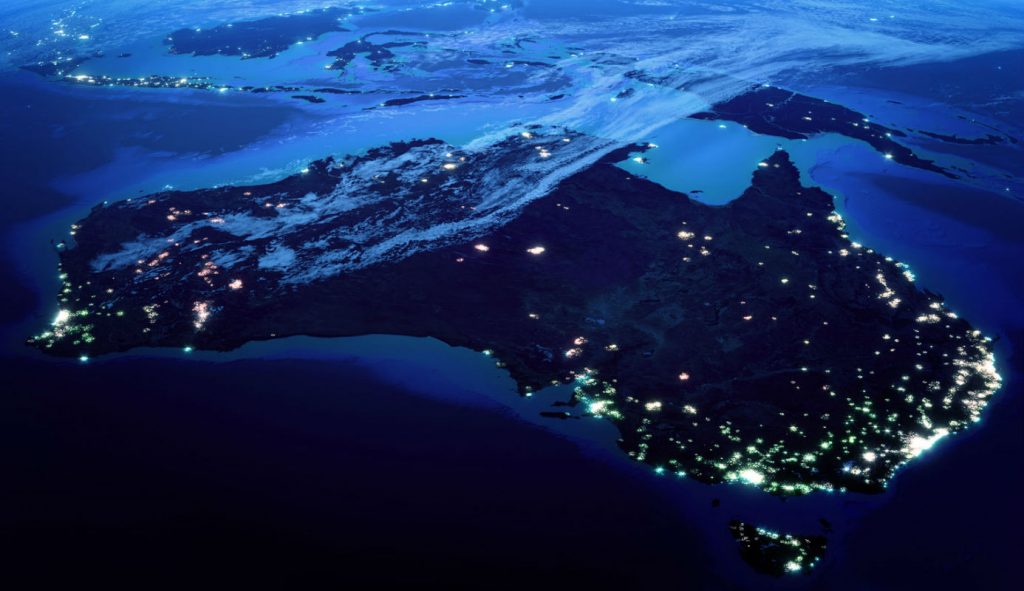Although government and industry agree the proposed National Energy Guarantee is a step in the right direction, the COAG Energy Council says there are still some things to work out.
The Council of Australian Governments (COAG) Energy Council has requested further modelling and design work for the Federal Government’s proposed National Energy Guarantee (NEG).
This request followed a recent meeting where the energy council received updated modelling from the Energy Security Board (ESB). According to the Chair of Engineers Australia’s (EA) Electrical College, Mark Lendich, this decision was to be expected.
“The devil was in the detail, and although the ESB has recently undertaken updated modelling, further detailed design work is required. I’m not surprised that COAG has asked for this,” he said.
The Clean Energy Council (CEC) released a statement in the lead up to the meeting calling on COAG to work together “in good faith and with a spirit of compromise” to make further development of the NEG a top priority.
Although previously critical of the government’s decision to drop the Clean Energy Target (CET) proposed by Chief Scientist Dr Alan Finkel in favour of the NEG, the CEC now acknowledges that the NEG is the only available option for electricity market certainty that might be accepted by all sides of politics.
COAG rejected a request from South Australia and the ACT that the NEG be modelled alongside the CET and an Emissions Intensity Scheme (EIS). According to Lendich, this decision showed that the state governments are working to develop the NEG as the only option with the potential for bipartisan political support.
“The National Energy Guarantee appears to be the only game in town now. You can keep arguing until you are blue in the face with EIS and the CET, but not everyone will agree. I think everyone is starting to realise that the NEG is a better outcome than business as usual,” Lendich said.
“The modelling they’ve done so far considers electrical energy system security, meeting Australia’s Paris commitments and addressing cost outcomes. It ticks the three boxes of the energy trilemma.”
Lendich says that EA also supports a bipartisan approach to energy policy.
While it is difficult to determine the exact nature of the modelling requested from the COAG communique, Lendich stresses the need for engineering modelling as well as further economic modelling of the NEG. He is “fairly confident” that this will happen.
“The Australian Energy Market Operator (AEMO) is obviously doing a lot of work in the background to make sure the NEM’s energy security is maintained,” Lendich said.
Some of this work is reflected in a recent AEMO report that details increases in generation and demand-side capacity to reduce the risk of widespread blackouts in the summer months. Measures include recommissioning the Swanbank E power station in Queensland, restoring capacity at South Australia’s Pelican Point power station, and restarting the Tamar Valley power station in Tasmania.
Additional reserves will be provided by emergency diesel generation. There will also be demand management projects involving commercial, industrial and residential energy users who have volunteered to conserve their energy use for short periods of tight demand in exchange for incentives.
The ESB’s updated modelling predicts that by 2030, the NEG will stimulate an increase in investment energy generation capacity of 835 MW for dispatchable renewable energy and 3271 MW for intermittent renewables such as rooftop solar and wind. No increase in coal-powered generation is predicted.
Lendich is optimistic about the recent announcement of a feasibility study into a second energy interconnector between Tasmania and the mainland. Another feasibility report on the 2000 MW Snowy 2.0 pumped hydro project is expected in December.
“It’s encouraging that there’s a lot of work going on. Not only is the NEG better than business as usual, but it is starting to get people more interested in investment,” Lendich said.
Lendich also stated that while he is pleased that the issue of reliability is on the table as part of the NEG, there still needs to be a body of work to clearly define what constitutes dispatchable generation for good reliability outcomes.
The COAG energy council will reconsider the National Energy Guarantee in April after further modelling and consultation have taken place. Lendich says EA plans to contribute to the consultation process. The fully developed NEG will be presented to COAG for approval in the second half of 2018.
